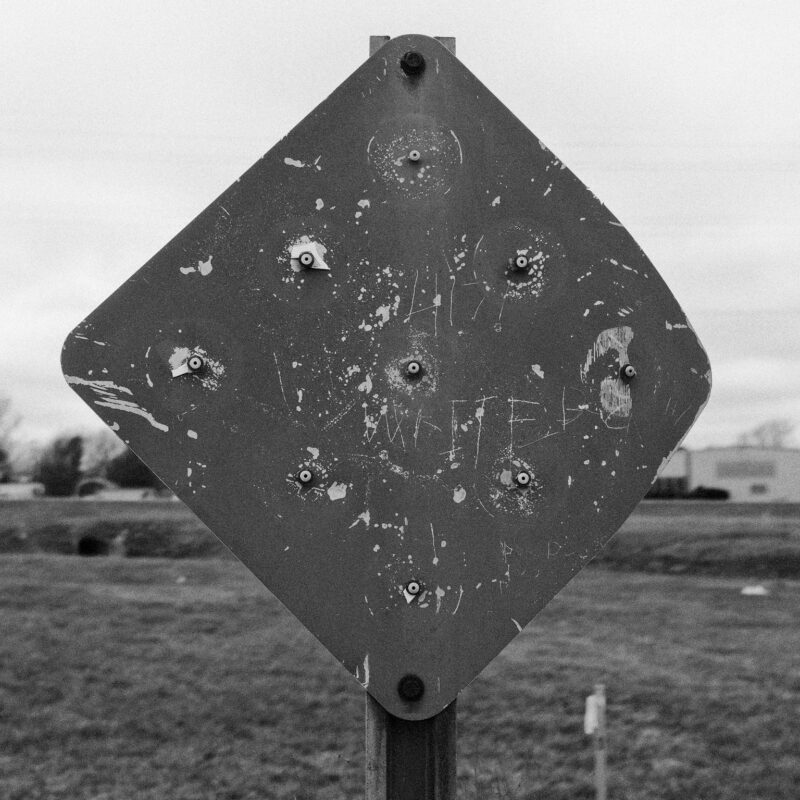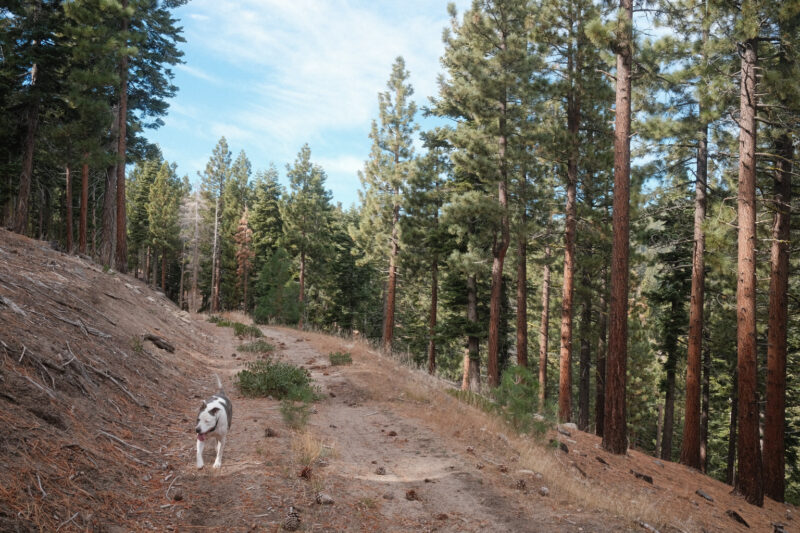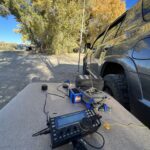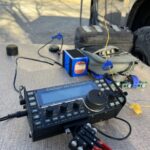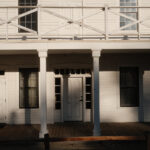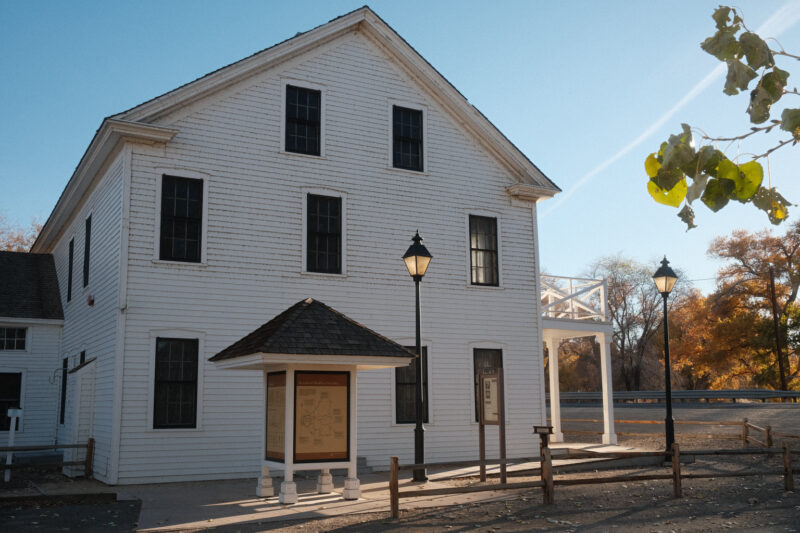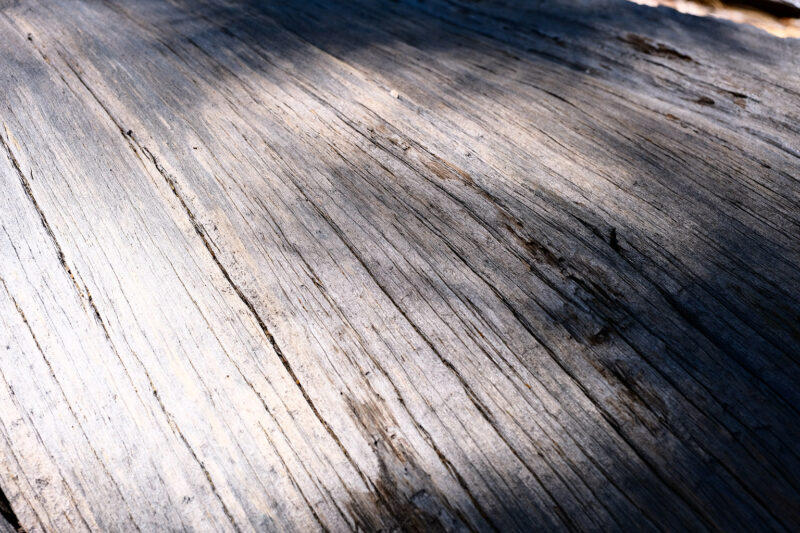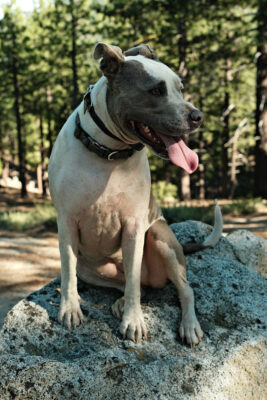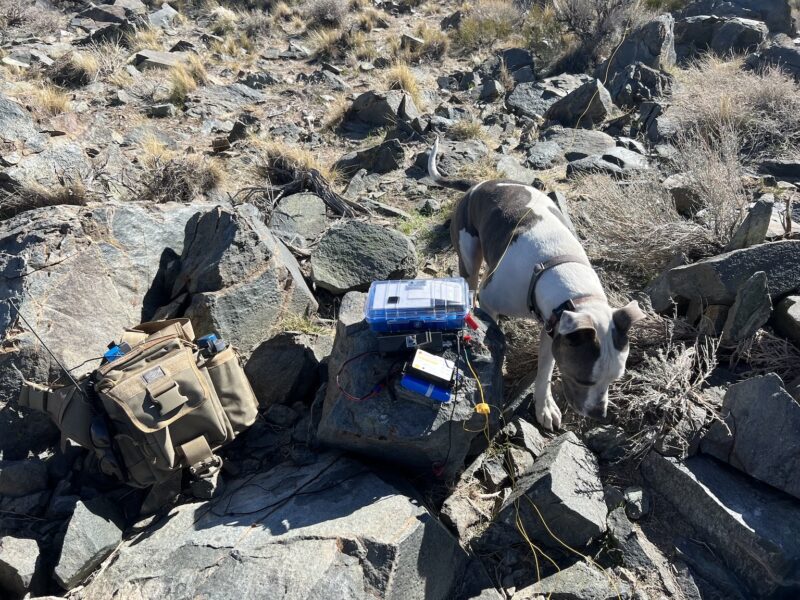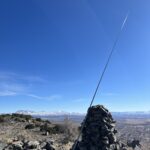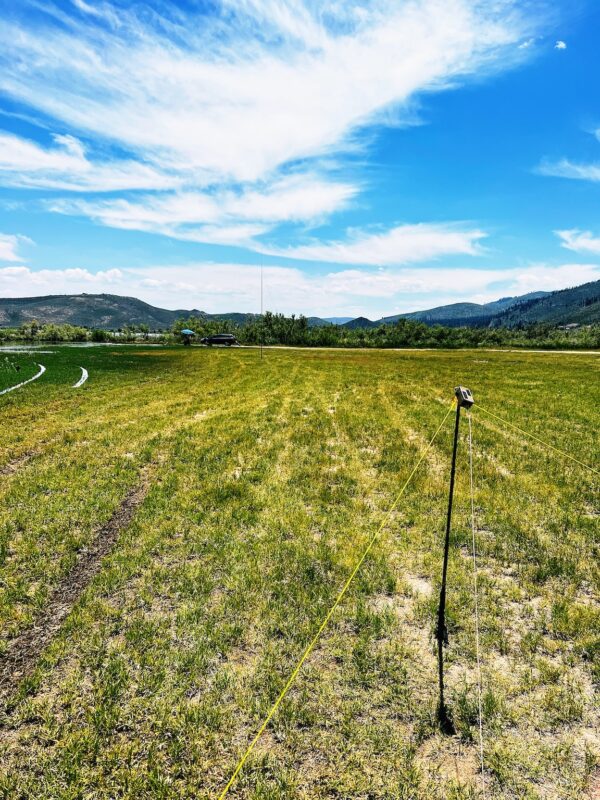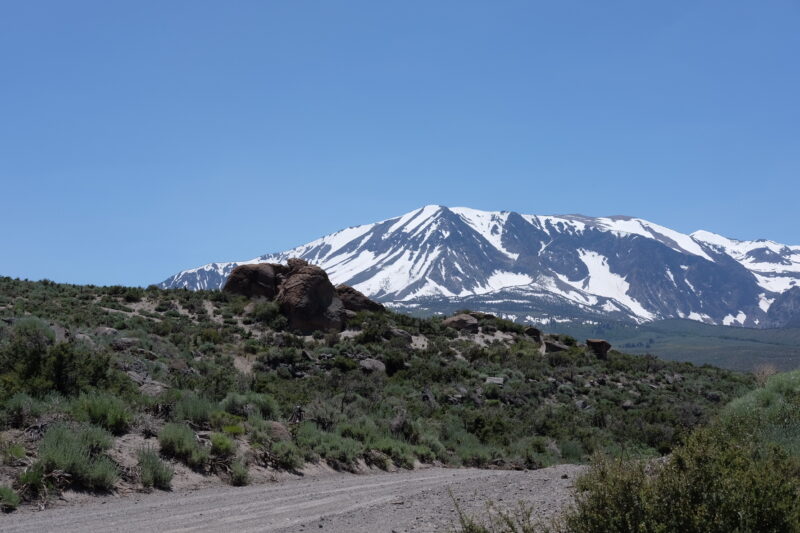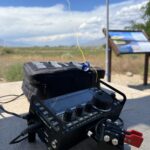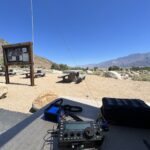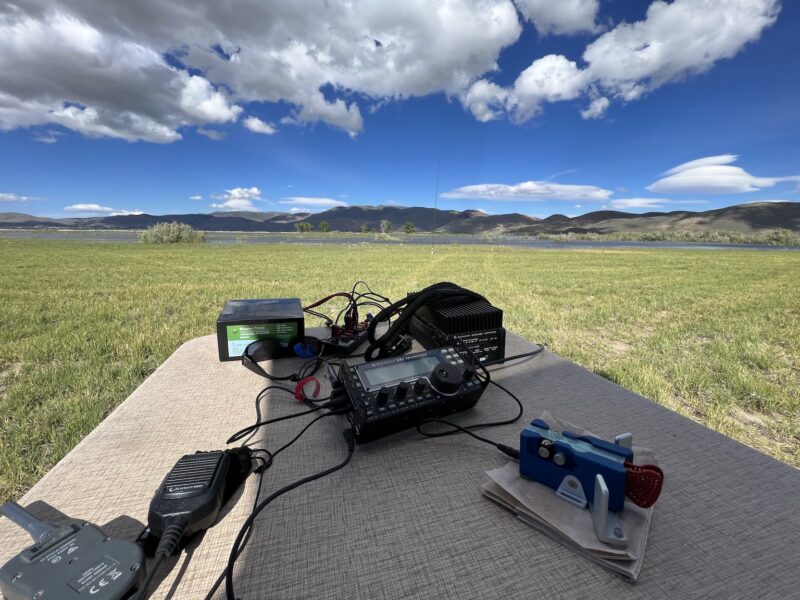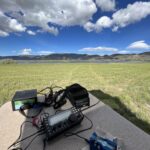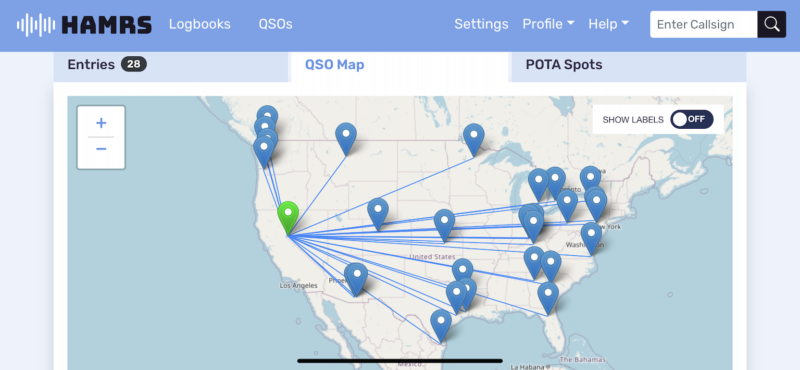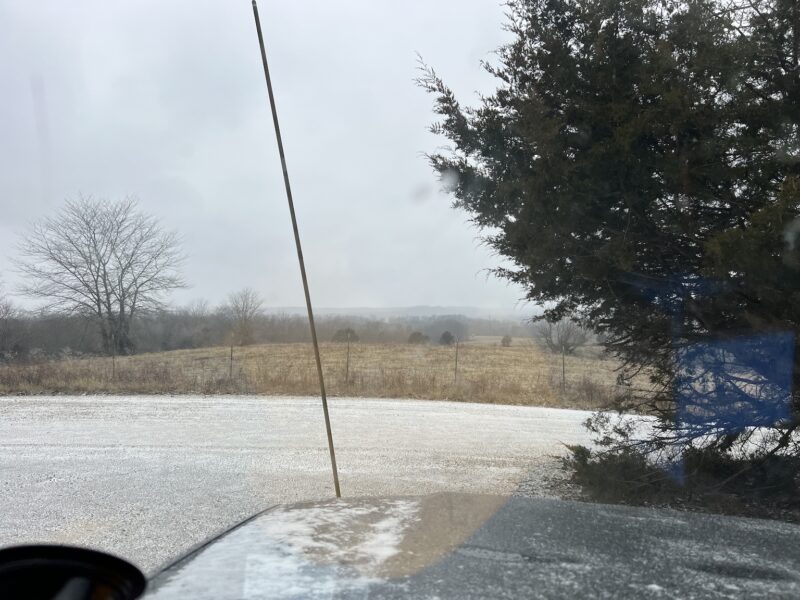
Friday morning did not dawn, at least the Sun was not visible that morning because of the clouds. I woke with the rest of my family, rolled out, had coffee, and saw them off to work.
The Girl and I then took a nap.
With a little more sleep, I rose and made another coffee and sat down at my desk. After a bit of work, I decided that I wanted to get out for some breakfast and some Waffle House coffee. Yes, I also wanted a pecan waffle.
I got The Girl out to do her morning business and we loaded up and drove over to the Waffle House. I returned with the hash browns and the bulk of my bacon. I decided to brave the weather and activate K-10386, Compton Hill SRA, for the second time. It was about 20 minutes to the site.
There, the snow was blowing sideways and it was very cold. I got The Girl out again because she was holding her poop for walkies. However, it was too cold for walkies, so I let her eliminate (she was running back and forth) and then returned her to rig.
It did not take long to deploy the Chameleon MPAS 2.0 in vertical mode and connect the KX3 to a battery and key. I used my iPhone to log (HAMRS).
I had a phone signal, so I spotted myself on the 40m band and started sending CQ. My buddy Dick was watching the RBN network to see if any sniffers picked up my spot. I called for a few minutes and then abandoned 40m and moved up to the 30m band.
With that change the RBN sniffers picked up my signal (10w) and the POTA tracker spotted me. I started taking calls.
I had turned off the rig while on the 40m band because of the ignition noise. However, when I moved to the 30m band I started the vehicle (for heat) and it was quiet enough. I was less worried about me getting cold than I was for The Girl. She can probably handle it better than I think, but she really does not have much fur and little undercoat.
When the 10MHz frequency I was running ran dry, I moved up the the 20m band and started calling at 14.062MHz. Again, the RBN picked me up and respotted me. My buddy Dick was able to work me (repeat offender) and I finished off my activation.
I ran back out to collect the antenna and put things away (mostly). The wind was rough although the snow was not too bad. It did not take long to recover the antenna and stow the radio.
I jumped back into the rig to warm up. The Girl moved back to the front seat and her perch. I got out my camera and made an image of the horizontally-blowing snow.
We headed for the house. It did not take long to warm up again.
I really should have a pair of insulated coveralls in my rig. It would have been much easier on me if I had and if I had a good pair of cold-weather gloves.
Those were my lessons for this trip. It was a good activation even if the weather was poor.
Life is good.
